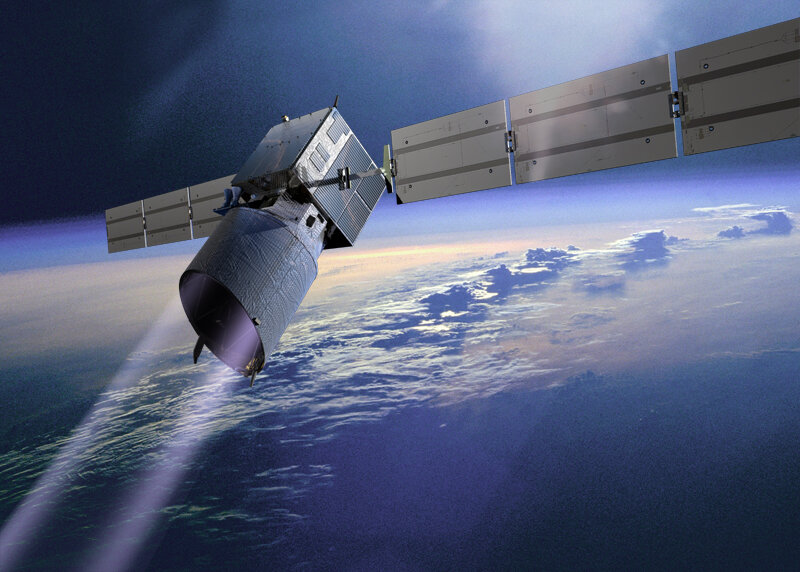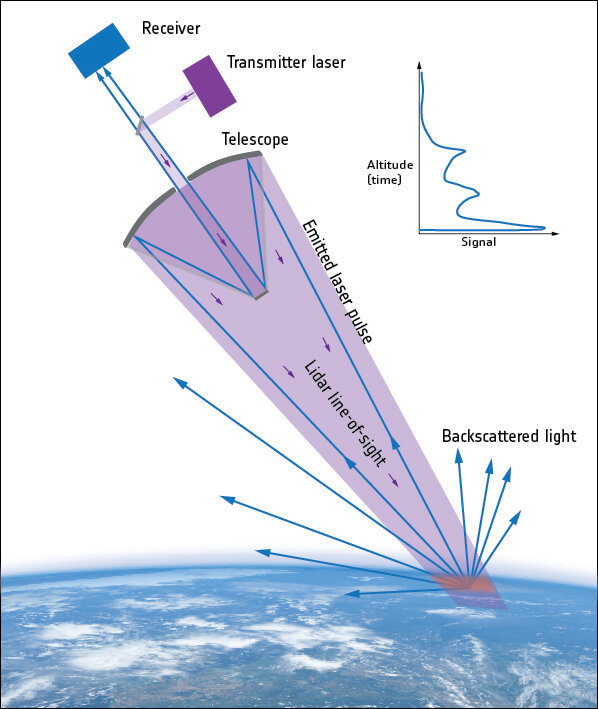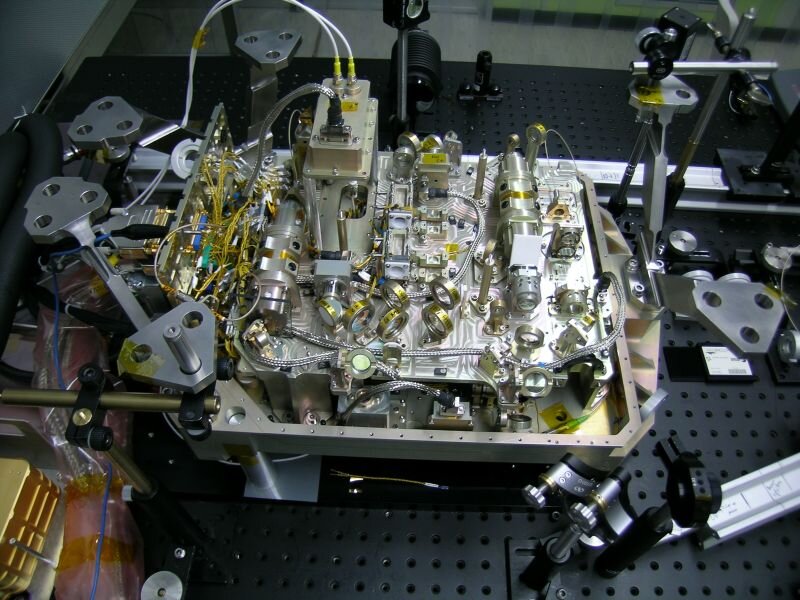Critical laser components stand the test of time for ESA's wind mission Aeolus
The ADM-Aeolus (Atmospheric Dynamics Mission) project has just passed another milestone with the confirmation that the laser diode stacks, which are the core components of the mission's instrument, have successfully passed their long-lifetime test - demonstrating that they will endure the three years of operation in space.
These complex electro-optical components have never before been qualified in Europe for long operation in space. However, after an intensive period of development and testing, the laser diode stacks, which were manufactured by Quantel Laser Diodes (QLD), have proved that they can be used in the mission. This marks a significant step forward for the development of the ADM-Aeolus mission.

Due for launch in 2009, ESA's wind mission, often referred to as just 'Aeolus', will be the first-ever satellite to directly observe wind profiles from space. Demonstrating new laser technology, this Earth Explorer mission aims to improve the quality of weather forecasts, and advance our understanding of atmospheric dynamics and climate processes.

Aeolus will probe the atmosphere with a highly sophisticated instrument called the Atmospheric Laser Doppler Instrument (ALADIN) to measure wind velocity with unequalled accuracy. The instrument emits short and high-energy pulses towards the atmosphere and analyses the Doppler shift of the backscattered signal for different altitudes.

The laser diode stacks are at the heart of the ALADIN transmitter laser. A total of 18 laser diode stacks are used to generate the powerful light pulses in the ultraviolet (355 nm) with a peak power over extremely short 'bursts' of about five million watts. Since the laser emits 100 light pulses per second, several billion light pulses will be generated over the three-year lifetime of the Aeolus mission.
Needless to say, the laser diode stacks are crucial to the operation of the mission so ensuring that they will continue to generate these light pulses through the duration of the space mission has been a priority for scientists and engineers working on Aeolus. Although each laser diode stack is capable of emitting light pulses with a peak power of over 1000 W, they have been de-rated to 750 W for Aeolus to increase their lifetime. Over the lifetime of the mission, the output power will be kept constant but the drive current will be increased to compensate for the aging of the diode emitters.
The success of the laser diode stack lifetime tests means that the Aeolus mission can take another important step towards completion and eventual launch in 2009.





